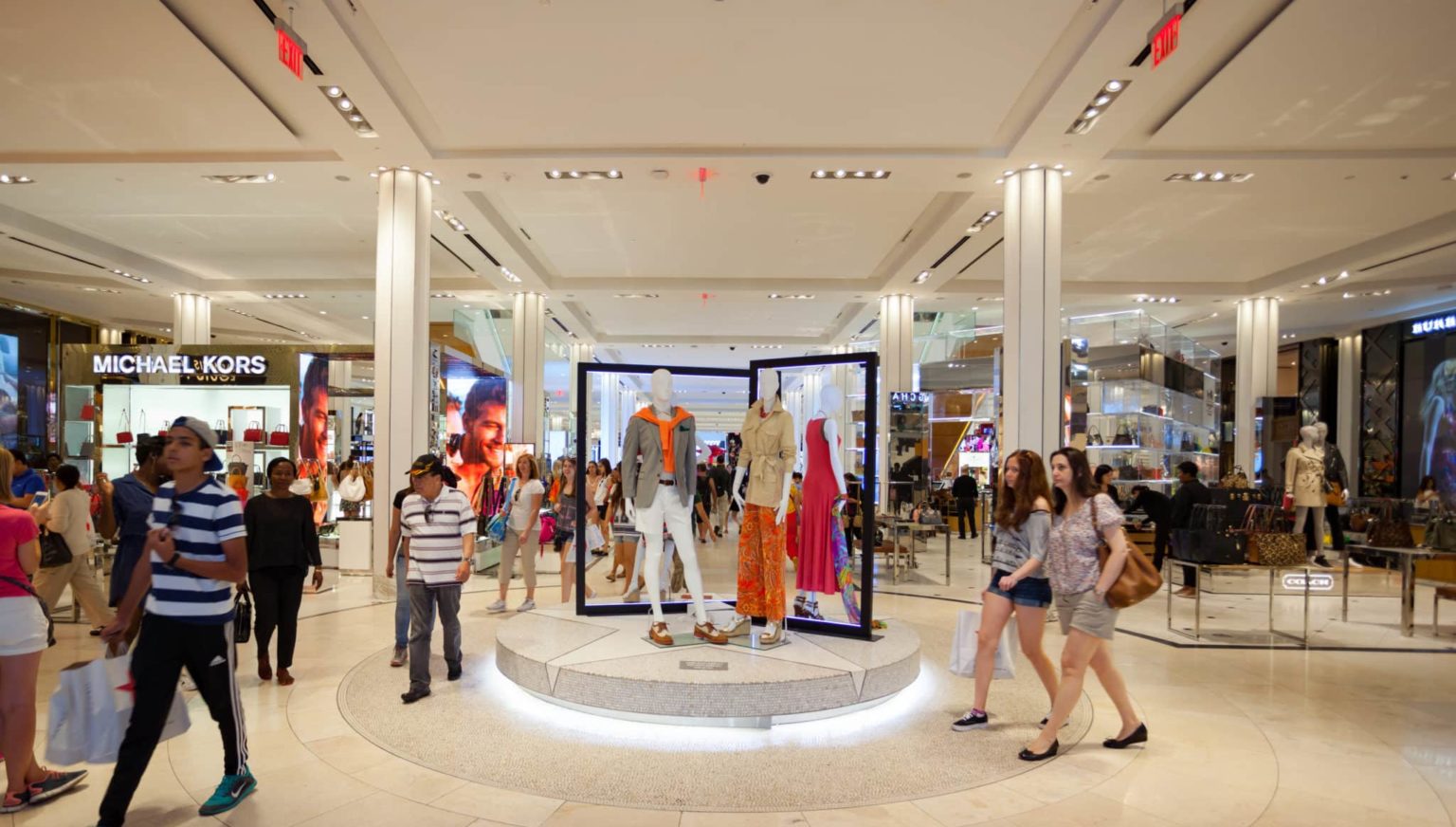EXCLUSIVE: Business Video Intelligence – a retail safeguard


Victoria Rees
Share this content
Christy Bauswell, Director of Retail & Banking at Qognify, says the threat landscape for retailers altered due to the pandemic, disruption of global supply chains and recent price increases with a climbing exposure to crime.
Organized retail crime is generating substantial losses, along with impacting the confidence of shoppers and safety of employees, who are increasingly reluctant to place themselves in harm’s way.
This is an opportunity here in these pages to provide some perspective on the scale of the problem and how technology that leverages existing surveillance systems may be the answer.
An article published on the US Chamber of Commerce website in May 2022, by its Senior Vice President, State and Local Policy, Tom Wickham, highlights the severity of the situation, suggesting that organized retail crime costs stores more than $700,000 per $1 billion in sales in 2020, representing a 50% increase in the past five years.
He also points to a rise is shoplifting in 2021, with more than half of small business owners saying instances had risen.
These statistics follow a letter sent by the US Chamber of Commerce in March 2022, to Members of Congress, the National Governors Association, the National Conference of State Legislatures and the National District Attorneys Association, highlighting the need to address the problem of retail theft and organized retail crime harming communities and businesses of all sizes across America.
Heavy losses
The letter also stresses that such crimes are not victimless, stating: “In addition to the growing number of thefts that turn violent, innocent consumers, employees, local communities, business owners and shareholders bear the costs of rising retail theft.
“A quarter of small businesses report raising prices as a result of shoplifting. Some retailers have been forced to shutter locations in response to rampant theft.” It is also the case that some stores have struggled to recruit and retain staff as a result of the increased risk.
Meanwhile, the shift to omnichannel made retailers continue to deal with increased return fraud and false damage claims. In an industry where customer feedback has power and reviews matter, many retailers have chosen to shoulder these losses—whether valid or not—for fear of trial by social media.
Mr. Wickham suggests changes that can be made at a federal and state level and there are clearly critical areas that need to be addressed. For example, it has been suggested that criminals are taking advantage of a reduced risk of prosecution, caused by a rise in the threshold of the value of stolen goods required for a felony charge, which has taken place in approximately 40 states since 2000.
However, it is also the case that threatening behaviour and violence towards store workers is riff, with The Buy Safe America Coalition reporting the results of survey in which 86.2% of retailers who responded said an associate had been verbally threatened; 75.9% physically assaulted and 41% said a weapon had been used to cause harm.
Whilst changes at government level would be welcomed, at the end of the day it is the responsibility of the retailer to reduce risk and protect staff, stock and stores.
One of the most common tools to help mitigate or prevent organized and opportunistic retail crime are video surveillance systems. However, many of these systems are still isolated, limiting their contributions to an efficient investigation of incidents. This is where Business Video Intelligence (BVI) is piquing interest amongst the global retail community.
Actionable insights
These solutions take a different approach by combining footage from the video management system (VMS) with transaction data from various IT systems. In doing so, it can provide timely and actionable insights that improve the way incidents are managed and identify trends that can be used in the prosecution of crime and to transform processes that improve safety, security and more.
For example, stores can use BVI in combination with a Point of Sale (POS) system to specifically investigate suspicious transaction types such as cancellations, returns or void transactions at the checkout. Instead of investigating video footage from numerous surveillance cameras, security staff can directly access and review these transactions.
BVI can also be used to document pick & pack and returns handling processes, as well as the transfer of liabilities in the warehouse. In this case, the video system is connected to barcode scanners or to the ERP/warehouse management system to combine video and transaction data.
This approach provides an opportunity to avert false claims and fight organized retail crime while also benefitting staff and customers, who can quickly and easily accurate information regarding the status of orders, replacements and returns.
It is often the case that rising risks are responded to with a rise in security spend, which has traditionally been seen as a necessary cost rather than an investment.
However, what BVI demonstrates is the opportunity to leverage an investment, to first and foremost tackle head-on the rise in organized retail crime, but also deliver increased value back to the organization in terms of creating a safer, more secure, more productive and profitable environment. In 2019, retailers in the US lost goods to the value of a staggering $69.8 billion, the pandemic hit the retail sector hard and volatility in consumer confidence continues. Retailers cannot afford to endure more losses to crime at a time when they need to rebuild.
This article was originally published in the August edition of Security Journal Americas. To read your FREE digital edition, click here.


